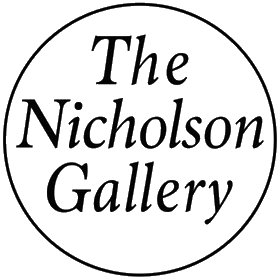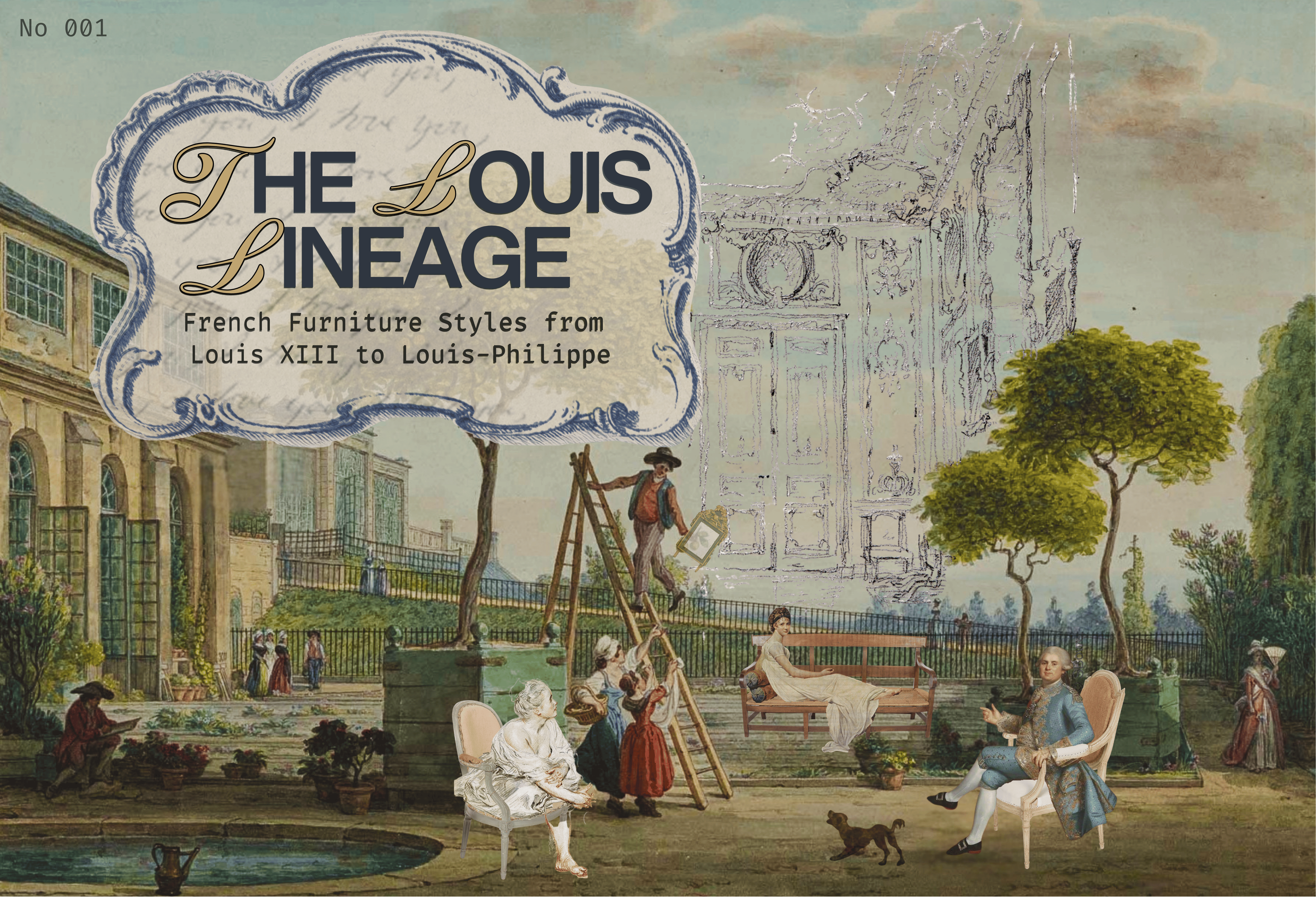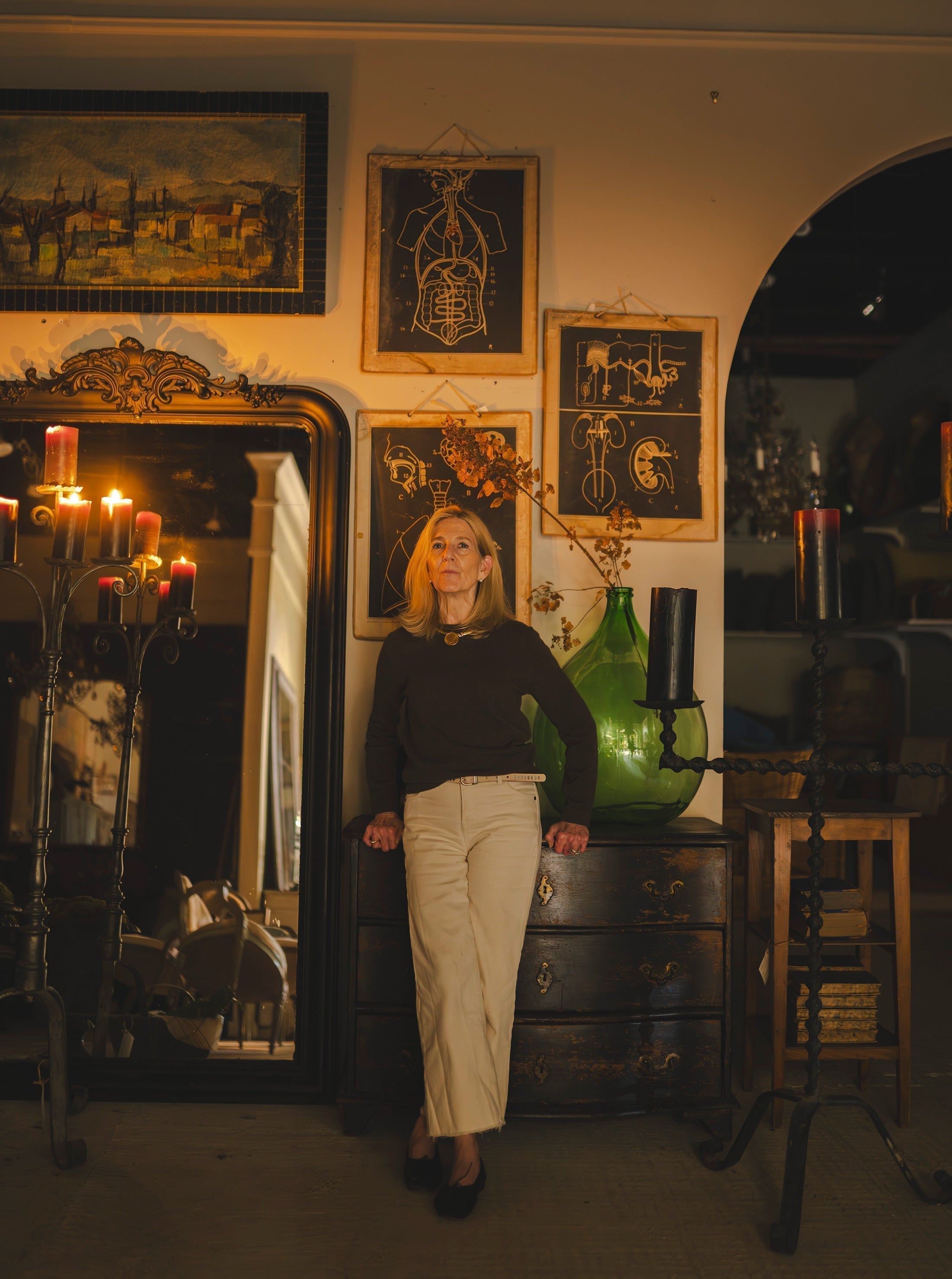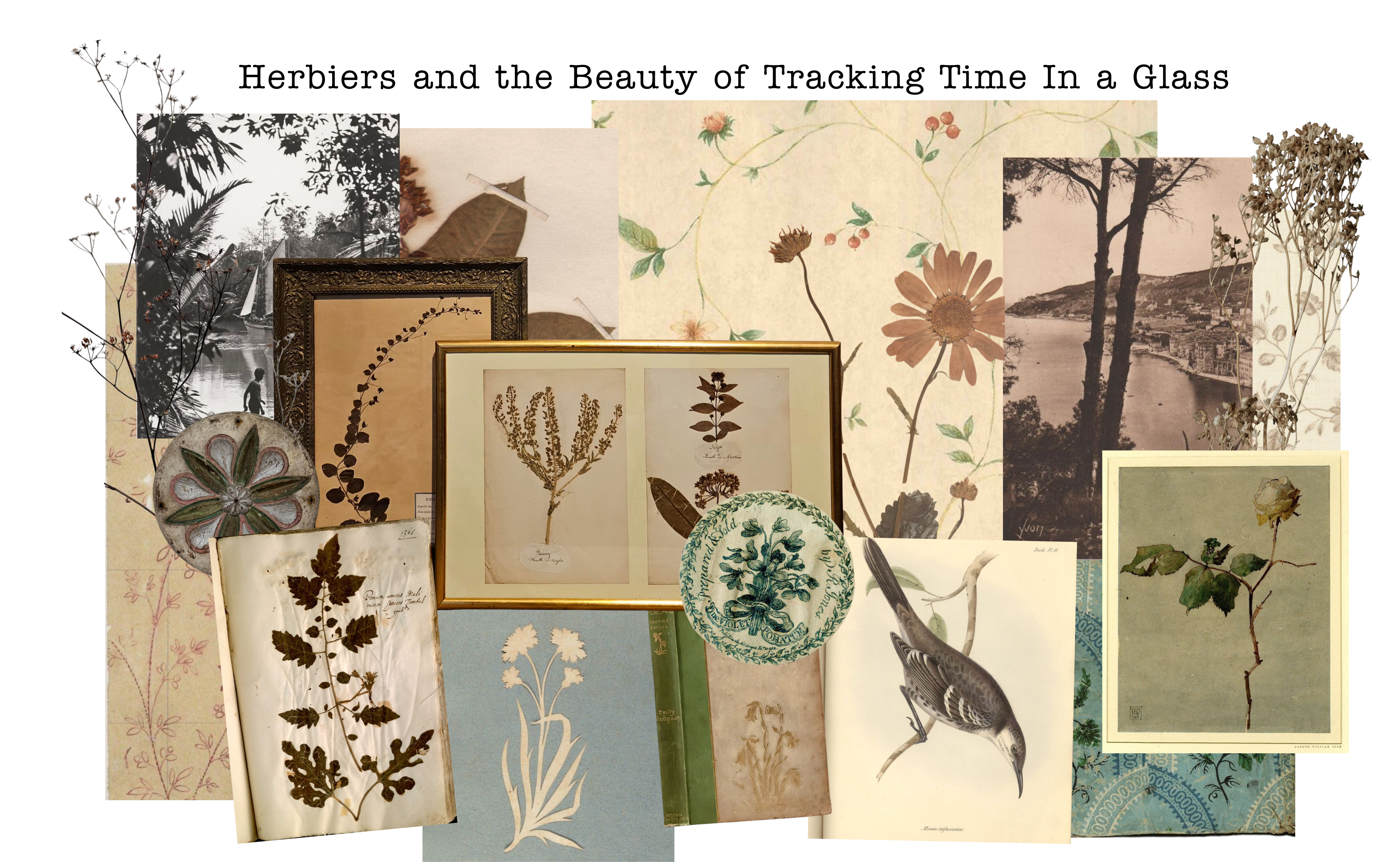
Herbiers and the Beauty of Tracking Time in a Glass

Written by Lily Mercer
Edited and curated by Shayla Torres
The Nicholson Gallery
"Bold little beauty,
bedecked with thee,
nature forswears
antiquity."
- Emily Dickinson
Introduction:
Herbier serves as a means of exploring history through art and science, a method employed by notable figures such as Charles Darwin, Luca Ghini, and Emily Dickinson. Each was used differently, but they shared an interconnected meaning, encompassing the documentation of newly discovered plant specimens, the teaching of plants, and a sense of curiosity.

Charles Darwin:
Charles Darwin's collection of herbarium specimens was compiled during his travels to the Galapagos Islands, Tierra del Fuego, and the Chonos Archipelago in Chile in the 19th century. He kept the plants for research to document his findings and would typically have multiple plants on a single sheet of herbarium paper. This practice is no longer seen today, as distinguishing between the different plants has become complicated.

Luca Ghini:
An Italian botanist, Luca Ghini, first introduced the concept of a herbarium. From his teachings on medical botany at the University of Pisa during the Italian Renaissance in the 16th century, he established a botanical garden where students could walk and study the plants. However, he found that placing the dried forms on paper was the most effective way to teach his students because it allowed them to examine them for many years. While Ghini's work was never documented, many of his students continued his method for establishing plants. Ghini found that adding labels to the herbier sheet provided easy access to plant information for scientific studies. This introduced the science of herbaria as a means of specifying plants' locations, abundance, flowering, and fruiting periods.

Emily Dickinson:
Science and sentiment have become the meaning of the word 'herbier'. Flowers have been associated with specific sentiments and emotions, evoking diverse feelings in different individuals. Displaying a dried flower is a way to continue that sentiment for decades to come. Emily Dickinson is an example of an individual who explored flowers and plants during her schooling, and this experience inspired many of her poems, which were based on the feelings the plants evoked during the Victorian era in the 19th century. Dickinson was an example of the connection between science, art, and emotion.

Influences Today:
Today, designers still display herbaria to bring a connection to nature in spaces. The delicate plants bring an antique connection to history and add the storied touch every space needs. Adding nature and texture to a space and designing with historic pieces like herbiers make a space part of the story in modern times, allowing the methods of herbiers to continue. The gallery offers a variety of plants and backgrounds to choose from, perfect for bringing these classic French plants into your space.

Preservation:
The process of preserving a French herbier or dried plants involves cleaning the plants of any remaining soil, then placing them between two sheets of blotting paper. Then, place layers of cardboard or heavy wood to provide pressure. You must continue changing the paper to prevent mold and expedite drying. Once the plant specimen is brittle and dry, you can mount it on acid-free paper or cardstock using either glue or adhesive strips. Then, to make it an actual herbarium print, create a label with the scientific name of the plant, the date and location of the collection, the collector's name, and any other relevant information, such as the habitat if you know it. You must keep the print in a frame with glass or another tight sleeve to keep air from getting in. If you visit The Nicholson Gallery, the process is completed for you with authentic French herbiers, ensuring you don't receive fake plants. You can tell by the plant's color and texture, as well as the label information.

